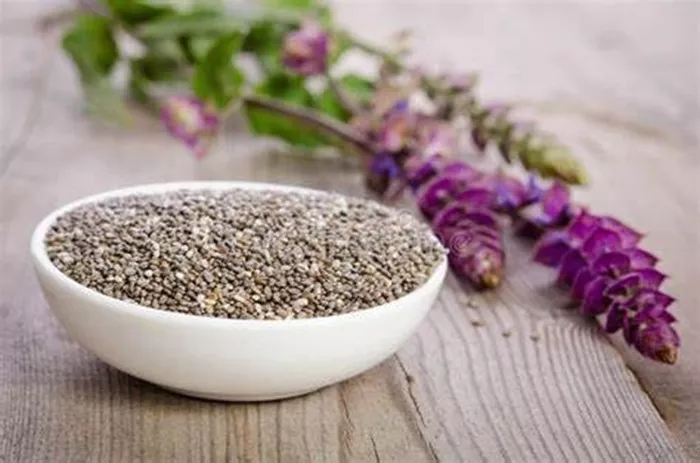Cardiovascular exercise, commonly known as cardio, is essential for maintaining good health and fitness. It helps improve heart function, increase endurance, burn calories, and boost overall well-being. However, starting or increasing cardio intensity too quickly can lead to injury, burnout, or overtraining. In this article, we will explore how to gradually increase cardio from a professional perspective, providing you with a comprehensive and detailed guide.
Understanding the Basics of Cardio
Cardio exercises involve activities that elevate your heart rate and keep it elevated for an extended period. Examples include running, cycling, swimming, brisk walking, and using cardio machines like treadmills, ellipticals, and rowing machines. The key is to engage large muscle groups in a rhythmic and continuous manner.
Assessing Your Current Fitness Level
Before you begin increasing your cardio, it’s crucial to assess your current fitness level. This helps you set appropriate starting points and goals.
Resting Heart Rate (RHR): Measure your RHR first thing in the morning. A normal RHR for adults is typically between 60 and 100 beats per minute. A lower RHR generally indicates better cardiovascular fitness.
Fitness Tests
1-Mile Walk Test: Walk one mile at a brisk but comfortable pace and record the time. This can give you an idea of your aerobic capacity.
Step Test: Step up and down on a platform (about 12 inches high) at a set pace (e.g., 30 steps per minute) for a few minutes. Then measure your heart rate recovery. The faster your heart rate returns to normal, the better your fitness.
Setting Goals
Once you know your starting point, set realistic and achievable goals. Goals can be short-term (e.g., increasing the duration of your cardio session by 5 minutes in a week), medium-term (completing a 5K run in a certain time frame), or long-term (running a marathon). Make sure your goals are specific, measurable, attainable, relevant, and time-bound (SMART goals).
Starting Slowly
Choose an Appropriate Activity: If you’re new to cardio or have been inactive for a while, start with low-impact activities like walking or cycling. These are gentler on the joints and easier to sustain.
Duration and Frequency
Begin with short sessions, around 10 – 15 minutes, 3 – 4 times a week. This allows your body to adapt without overloading it.
As you progress, gradually increase the duration by 5 – 10 minutes per week. For example, in the second week, you might aim for 15 – 20 minutes per session.
Intensity
Use the Rate of Perceived Exertion (RPE) scale. On a scale of 1 – 10, where 1 is very easy (sitting on a couch) and 10 is extremely hard (maximal effort sprinting), start at an RPE of around 3 – 4. You should be able to carry on a conversation while doing the activity.
Another way to measure intensity is by monitoring your heart rate. Calculate your maximum heart rate (MHR) using the formula 220 – your age. For beginners, aim to stay within 50% – 60% of your MHR during cardio. For example, if you’re 30 years old, your MHR is 190 (220 – 30), and you should keep your heart rate between 95 and 114 beats per minute.
Progression Principles
The 10% Rule: A widely used principle in fitness is not to increase the intensity, duration, or frequency of your cardio by more than 10% per week. For instance, if you’re running 2 miles in a session, don’t increase it to more than 2.2 miles the next week. This helps prevent overuse injuries and allows your body to adapt gradually.
Interval Training: Once you’ve established a base level of fitness (usually after a few weeks or months of consistent cardio), you can introduce interval training. This involves alternating periods of higher intensity with periods of lower intensity or rest. For example, if you’re cycling, you might sprint for 30 seconds at a higher resistance and then pedal at a normal pace for 1 – 2 minutes. Interval training can improve cardiovascular fitness more effectively than steady-state cardio, but it should be introduced gradually. Start with short intervals and fewer repetitions and gradually increase over time.
Gradual Increase in Intensity
If you started with a 3 – 4 RPE, after a few weeks, you can increase it to 4 – 5. This might mean increasing the speed of your walk or run slightly or adding a bit more resistance on a cardio machine.
You can also increase the incline on a treadmill or elliptical. But again, do this gradually, perhaps increasing the incline by 1% – 2% every few weeks.
Incorporating Variety
Different Cardio Activities: Don’t stick to just one form of cardio. Mix it up with activities like swimming one day, cycling the next, and running on another. Different activities work different muscle groups and can prevent boredom and overuse injuries.
Changing Routes or Environments: If you’re a runner or walker, change your route regularly. Running on a flat surface one day and a hilly route the next can provide different challenges and keep your workouts interesting.
Monitoring and Recovery
Monitoring
Keep a workout journal to record your cardio sessions, including the activity, duration, intensity, and how you felt. This helps you track your progress and make adjustments if needed.
Use a heart rate monitor or fitness tracker to accurately measure your heart rate and other metrics like steps taken, calories burned, and distance covered.
Recovery
Allow your body time to recover between cardio sessions. This is especially important when increasing intensity. Adequate sleep (7 – 9 hours per night) is crucial for recovery.
Incorporate rest days into your schedule. For example, if you’re doing cardio 4 – 5 times a week, have at least 2 rest days.
Stretch after each cardio session to help reduce muscle soreness and improve flexibility. Focus on the major muscle groups used during the activity, such as the calves, quads, hamstrings, and hip flexors.
Dealing with Plateaus
As you progress with your cardio, you may reach a plateau where you stop seeing improvements. Here’s how to overcome it:
Change Your Routine: If you’ve been doing the same cardio activity at the same intensity and duration for a while, switch things up. Try a new activity, increase the intensity more aggressively (but still within safe limits), or change the frequency of your workouts.
Nutrition and Hydration: Ensure you’re eating a balanced diet with sufficient carbohydrates, proteins, and healthy fats. Stay hydrated before, during, and after cardio sessions. Dehydration can affect performance and recovery.
Cross-Training: Incorporate strength training into your fitness routine. Building muscle can increase your basal metabolic rate and improve your overall fitness, which can in turn help break through a cardio plateau.
Staying Motivated
Set Rewards: When you reach a certain cardio goal, give yourself a non-food reward. It could be buying new workout gear, going to a movie, or taking a day trip.
Join a Group or Find a Partner: Working out with others can make cardio more enjoyable and keep you accountable. You can join a running club, cycling group, or find a friend to exercise with.
Track Your Progress: Seeing how far you’ve come can be highly motivating. Use charts or graphs to track your improvements in speed, distance, or endurance.
Conclusion
In conclusion, gradually increasing cardio is a safe and effective way to improve your cardiovascular fitness. By understanding your starting point, setting goals, starting slowly, following progression principles, incorporating variety, monitoring and recovering properly, dealing with plateaus, and staying motivated, you can build a sustainable cardio routine that will benefit your health and fitness in the long run. Remember, consistency is key, and always listen to your body. If you experience pain or discomfort during cardio, stop and consult a fitness professional or healthcare provider.
Related topics:

































